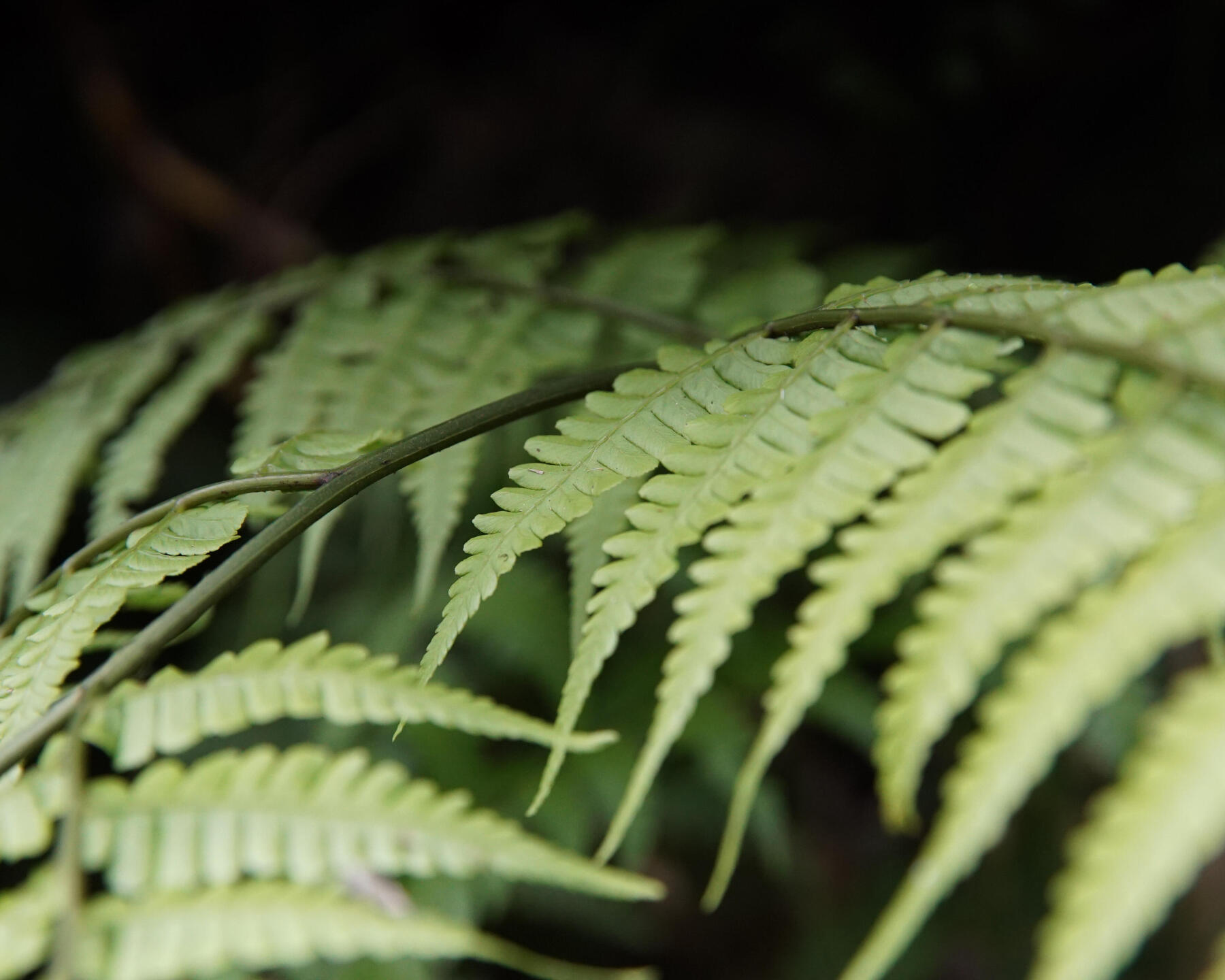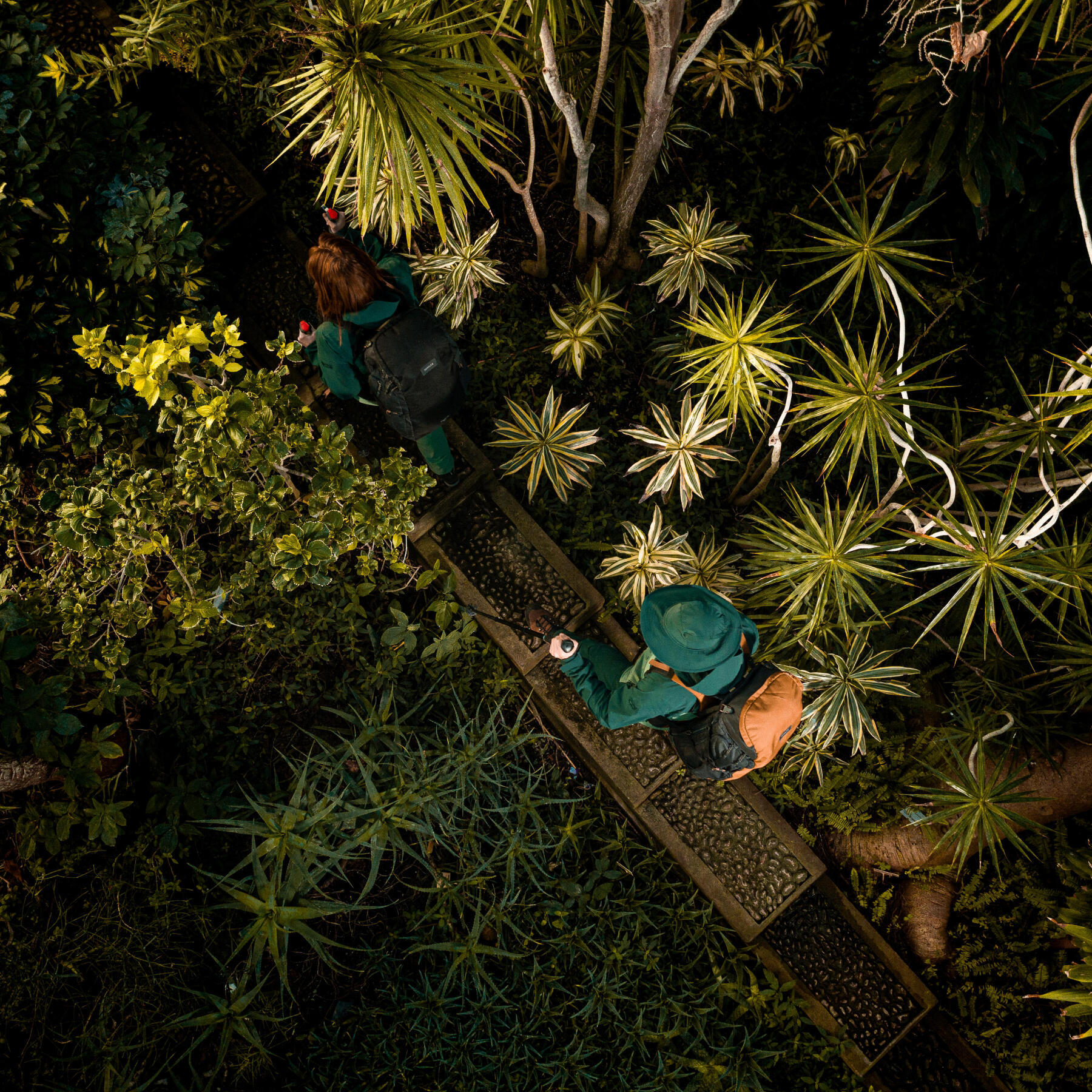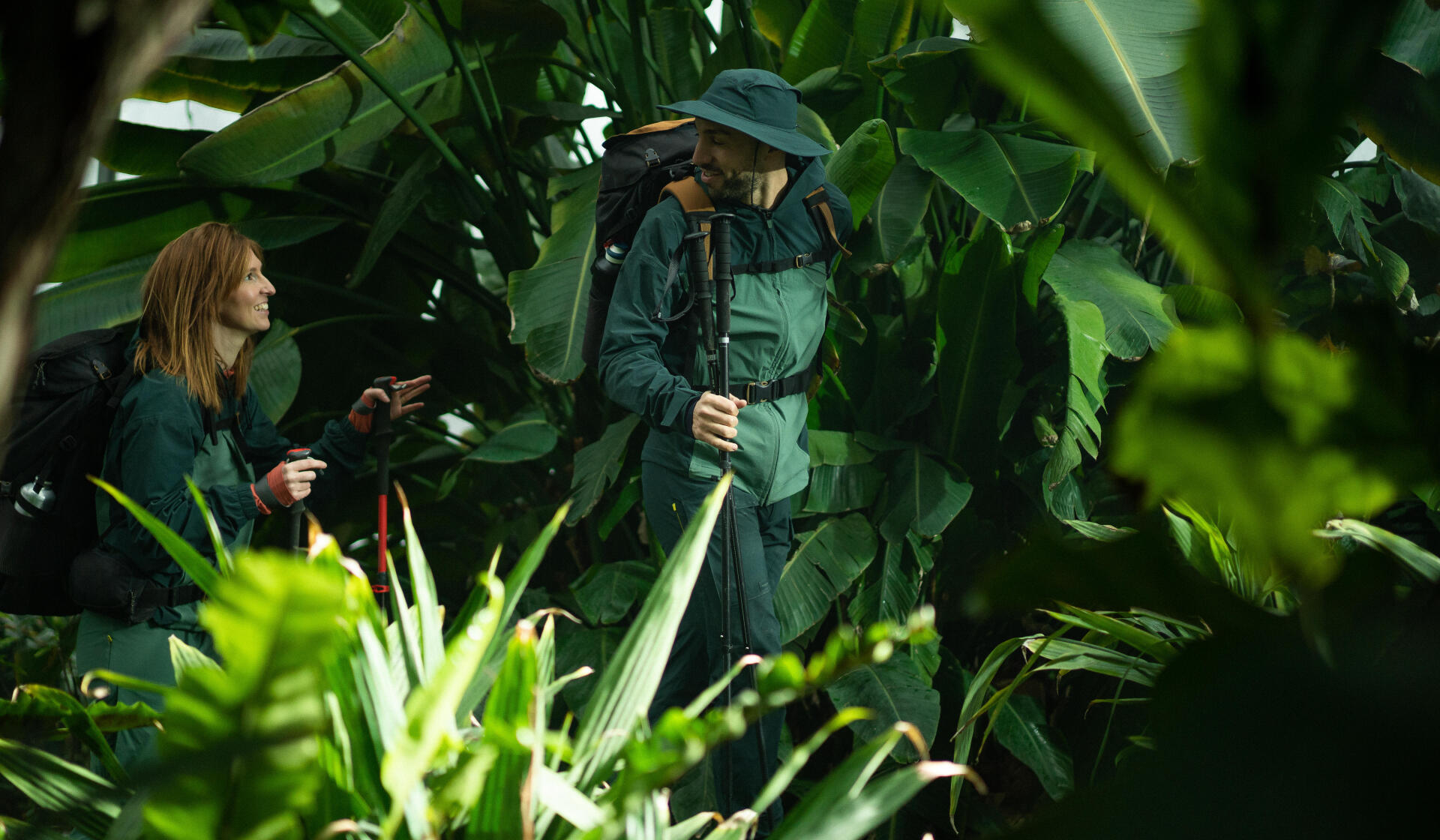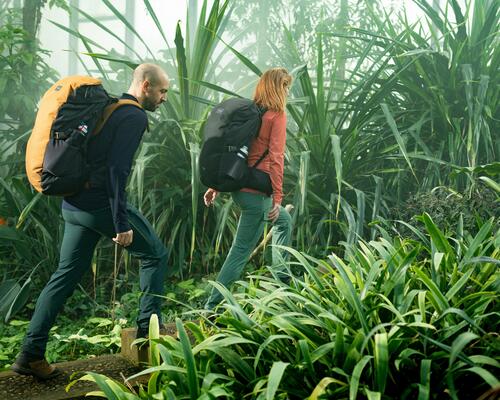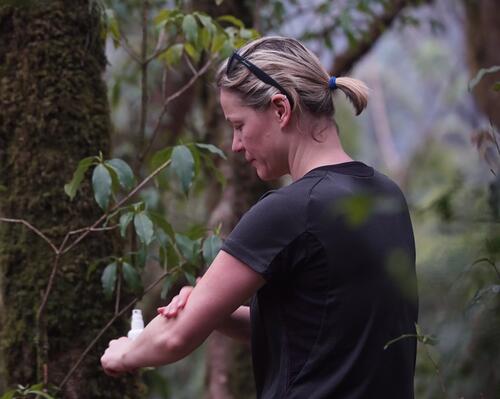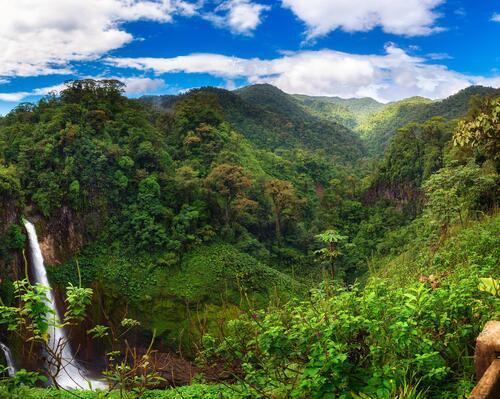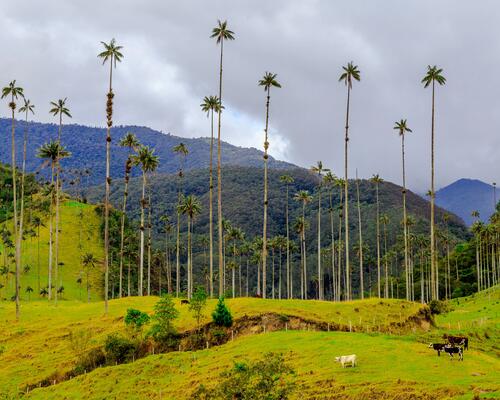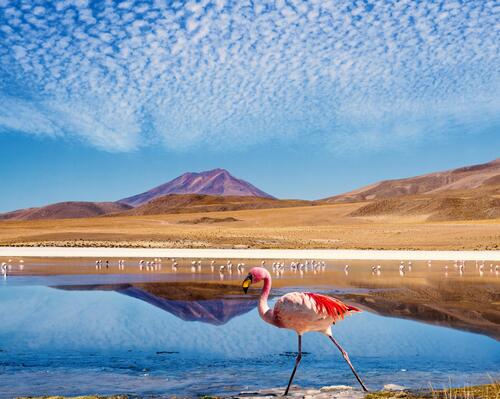7/ Jungle terminology: Tropical animals and vegetations typically found in humid forests.
Rainforests and jungles are home to species that you don't find anywhere else in the world, and they thus have names that can seem unusual to Europeans, as they're derived from Amerindian languages. Here are a few.
Aï: You know this animal with long claws and a placid vibe as a sloth! Watch out - they may look harmless, but they have deadly weapons in the form of their claws. Aï is a word in Tupi, a language spoken in Brazil.
Cabiai: This is another name for the capybara, derived from the Kali'na "cabiaïca". Kali'na is a Caribe language spoken on the coastal strip stretching from Venezuela to Brazil.
Cassowary: If you hear this word, get ready to run! The cassowary is known as the most dangerous bird in the world. Its name comes from the Indonesian word "casuari". Its claws are particularly deadly, and they can run at up to 50 km/h. Avoiding coming across one is pretty good advice.
Ocelot: This word is derived from Nahuatl, an Uto-Aztec language, describes a large wildcat which resembles a small jaguar and loves dense forests.
There's also very specific vocabulary used to talk about tropical vegetation, such as broadleaf, which we explained earlier.
The canopy is the name for the top part of the forest, the dome of the trees, directly exposed to the sun's rays. This term applies to all forests, but when you're in a rainforest, the canopy is considered to form an ecosystem in its own right.
There are countless epiphytes in rainforests. They are organisms: Lichenised fungi, plants, algae or bacteria which grow on other plants. Unlike a parasite, they don't grow to the detriment of their host. They absorb humidity from the air and generally don't grow roots. Orchids are part of this plant family. In temperate latitudes, you can also find mistletoe, for example.
When you thin of the jungle or rainforest, you surely think of creepers. This plants grow up and over other plants, particularly trees, in order to reach up towards the canopy and sunlight. Yet, did you know that many plants in temperate environments are also creepers? Wisteria, ivy, vines and hops are all also creepers!


